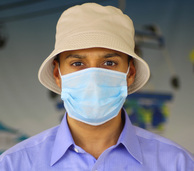|
I had little time to update my blog, and upload any photos. I was in London for a few days to do a project for Cathay Pacific Airways (they have introduced their brand new Business Class seats on the Boeing 777-300ER, and also the Premium Economy Class - my reviews for both cabins, and the flights will be up soon!).
Going for such a short trip to London (13 hours to go from Hong Kong, and 11 hours to come back to Hong Kong) was an interesting experience as I did not even give jet lag a chance to kick in (though I have done this many times...it always feel like a dream!). Landed back in Guangzhou this morning (30th November), and going straight to an event to see the Christmas lights being turned on at the Grand Hyatt Guangzhou- photos to come. To keep reminding myself of why I love Hong Kong, I have compiled a personal list of things that I love about Hong Kong. I initially arrived in China, in 2003, because I grew up watching pictures and movies about Kai Tak Airport, and because of my love for aviation I wanted to go and see the site of that old airport. Hong Kong is a lovely stopover city, and one of the best places to travel. So here are my top ten things I love about this beautiful city (in no particular order): 1. A hike to the top of Lion Rock Hill Hong Kong is a city that is all about absorbing the beautiful views. Climbing to 495 meters above sea level rewards you with breathtaking views across to the harbour and the centre of Hong Kong. The views are best at sunset when the sun shimmers across the harbour with the little fishing boats seen dotting in the horizon. I love this place because I sit on the rocks all day if I want to and write stories, poems, or just mesmerize at the breath-taking views across to the horizon. 2. A drink at the Ozone Bar at The Ritz-Carlton, Hong Kong Nothing beats the feeling of whiling away your evening at the highest watering hole in the world, and admiring the view of the whole of Hong Kong below you. Pilots in yesteryear would have enjoyed the same view when they came into land at the former Kai Tak Airport, and today you can enjoy it too. A must try is the signature cocktail called Aria 118 (orange vodka, sake, coconut rum, passion fruit, and lychee). Best to arrive early in the evening or after dinner as the place can understandably get busy. I love this place because I enjoy a lovely drink, such as the Aria 118, and feel as if I am sitting in the clouds. 3. Eating fresh seafood at Mui Wo on Lantau Island Around a 40-minute ferry ride from Central, Mui Wo is situated in tranquil surroundings and presents some of the finest fresh seafood around. Take a nice bottle of wine or Champagne, and indulge yourself with a fanfare of fresh lobster, prawns, and other seafood. Best to go when the sun sets, and even better if you can stay overnight (the Mui Wo Sunshine Hotel is close by). I love this place because I can indulge in FRESH seafood, and just listen to the waves swashing back and forth against the shores of Mui Wo in the magic of the evening. Equally well the priceless red sunsets are worth mesmerizing at. 4. Taking the Star Ferry It only costs around HKD 2, but it provides some of the priceless views in the world. Hong Kong harbour's skyline is such that only Manhattan in New York can probably beat it to its beauty. The 8 minute ride from Kowloon to Central is equally worth riding no matter it's day or night, and whatever the weather may be. Much better than the over crowded MTR metro! I love taking the Star Ferry because it reminds me of what Hong Kong is all about- sight-seeing, fun, elegance, views, and people watching. You can do all of that while you on the Star Ferry. 5. Going to the Peak (by the bus or the Peak Tram) From the peak you can get spectacular panoramic views across to the whole of the city (OK, The Ritz-Carlton, Hong Kong also provides equally spectacular views but from a different angle). Allow at least around 3 to 4 hours from your schedule to fully experience and enjoy the sights of the Peak (includes the time to get to the top). The Peak Tram was first introduced in 1888. It was built for the daily commuters rather than a tourist attraction though nowadays majority of the passengers are tourists. The ride is quite steep and it climbs up to 396 meters above sea level. You can either the Peak Tram to the Peak (Bus 15C runs from the Central Ferry piers to the Peak Tram terminus), or you can bus number 15 from Pier 5 to the peak, or a taxi (expensive!). If you take the number 15 bus from Pier 5 in Central then you'll be treated to some lovely views across from the hills (that's where all the A-list celebs reside). I love the Peak, because it reminds me of the sheer wealth that Hong Kong has. 6. Afternoon tea at The Peninsula Hotel Back in the days the Canton to Kowloon railway used to stop right outside the Peninsula Hotel, and that used to the star attraction of the city. Nowadays while the KCR train stops a bit further away (at Mong Kok!), the Peninsula Hotel in Tsim Sha Tusi is nevertheless still a huge attraction for the city. It's one of the key colonial legacies that the city is proud of. If you can, then it is advisable that you book for the Afternoon Tea experience well in advance, as there can be long queues. You can find more at the review I did a few years ago: Peninsula Hong Kong. l love the Peninsula Hong Kong because it showcases the British history that Hong Kong has connected with it. It also is one of the best places to have a lovely cup of tea and some delicious cakes. 7. Going to the beach on Lamma Island The 3rd largest island in Hong Kong, Lamma Island is not too far away from the Central pier (it takes less than an hour by ferry). It is recommended that a full day, or at least half a day is spent to enjoy the sights and smells of this island. There are some nice clean sandy beaches on the island, and plenty of fresh food (both Western and local Cantonese). If you want to stay for the night, then it’s very easy to find a small hut by the beach to rent (cheap as chips). I love Lamma Island because you can get good, healthy food, have a good swim, and even go sailing if you want on a small boat- and it does not cost much. It’s a perfect place for a short day’s trip. 8. Yung Kee Restaurant in Lan Kwai Fong Located within the narrow lanes of the over-crowded Lan Kwai Fong (expat area that is dotted with many watering holes and small food joints), Yung Kee Restaurant is a popular haunt for me. I have attended a lot of school reunion dinners there, and the Beijing Duck is always a delight to tuck into. Price per head can be on the heavy side, but you get what you pay for. The quality of the food will blow your mind away. 9. The MEGABOX The MEGABOX is a 6-storey shopping & entertainment complex located in Kowloon overlooking the old Kai Tak Airport’s runway. You can go ice-skating, go to watch a movie or even experience a real simulator and try to land a plane at the old Kai Tak Airport. It’s perfect for couples, children and families. My favourite part of the MEGABOX is the food & beverage area. I love the Studio City Bar & Café which presents some of the finest steak in this part of Hong Kong, and a lovely pint of German or Australian beer to go with it! I love it because the MEGABOX is away from all the touristy areas, and because it is located just next door to the old airport, so there is bit of nostalgic feel to the place. 10. The food and drinks in the Seven 11 Hey, come on, I know it's only a 7/11 store BUT I must say that the variety of colorful drinks at the 7/11 and the K Shops cannot be found in the mainland or in the U.K.- and that's why I love it. There are at least 3 or 4 types of Lucozade, and those mouth-watering iced-tea drinks are just awesome and perfect for cooling down your heels in the hot and humid summers. Above all else, I also love the people of this beautiful city. For the majority of the time I have been to Hong Kong has been from Guangzhou, however when I do fly from the U.K. I tend to take Cathay Pacific Airways, the proud carrier of the city. Cathay Pacific Airways is one of the six world's airlines that have been classed as a five star airline by the official SKYTRAX world airline rankings. Here is an article on www.fly.com about Hong Kong that I wrote. The last time I briefly spoke to my former schoolmate Talha was just after we completed our A-Level exams in the summer of 1998 at the prestigious private school Dulwich College in southeast London.
There was a brief exchange of pleasantries and a summit-firm handshake between us to wish each other well for our future lives after school. Little did I know that our directions would be so different from that moment onwards. After spending nearly six years in a British jail awaiting extradition to America on terrorist charges, Syed Talha Ahsan from Tooting in southwest London has now faced extradition to America after losing his appeal at the European Court of Human Rights, alongside four other terrorist suspects including the radical preacher Abu Hamza. Born in 1979 in London, Talha, a graduate of London University’s School of Oriental and African Studies (SOAS), was arrested by British police acting on a US search warrant in July 2006. US prosecutors allege that both Talha and his friend Babar Ahmad ran a radical website from south London, and they should be prosecuted on American soil because that website was hosted on an American internet service provider. It is claimed they used the now defunct site - Azzam Publications - to upload extremist videos, raise funds for the Taliban and support other insurgents in Chechnya and Bosnia. The pair were also allegedly communicating with a naval enlistee on the destroyer USS Benfold in the straits of Hormuz during the summer of 2001 and were given classified plans of the battle group. The charges claim Talha provided support to terrorists and engaged in conspiracy to murder, kidnap, maim or injure, or damage property in a foreign country. It is also alleged by the Americans that Talha fought in Afghanistan. Their website, with its material about “holy war” in Afghanistan, Bosnia, and Chechnya gives an insight into their activity and much of the material is still on the internet. If convicted in the US, then Talha, who allegedly suffers from Asperger’s Syndrome, could face the rest of his life in solitary confinement in ADX Florence in Colorado, a so-called Supermax prison where he has claimed conditions amount to torture, inhuman and degrading treatment. His supporters, who have set up an ambitious ‘free Talha Ahsan campaign website’, claim that Talha deserves a fair trial in the UK rather than in the US. The 2003 Extradition Act has been the subject of on-going campaigns in Britain, most notably but the alleged hacker Gary McKinnon, who won his right not to be extradited to the US. Opponents say it is unjust and a represents a loss of sovereignty. My former class fellow, who was being held alongside Babar Ahmed at the high security Long Lartan prison in Worcestershire, was known to pass time by writing poems. He denies any involvement in any terrorist activities. Like most of the chaps that went to school with Talha, my initial reaction on reading his name in the newspapers in relation to terror charges was one of utter shock and just disbelief. 'Surely it can't be our Talha?’ was the question on the lips of those who knew him well from his days at school. It’s just something that you don’t expect to read about from a guy who has been privileged with an elite education, softly-spoken personality, and a middle class background. I would never have imagined on that summer’s day in 1998 while taking the sixth-form leavers photo shoot at Dulwich that I was standing two feet away from a guy who would one day become one of the world's most wanted terror suspects. At school I fondly recall him being highly intelligent, highly studious and very intellectual. He was a man with a polite and disciplined demeanour, who came across as shy and profoundly faithful to his religion but also a fantastic bloke who got along with everyone. In the first indication of his strong beliefs around Islam, he started growing a wispy beard during the sixth-form but he possessed a shrewd personality that was enough to prevent, deferentially, questions of a too-private nature. Alongside that came along a supernatural calmness in his manner combined with absolute respect for whatever his teachers and peers asked of him. He most certainly was not the eccentric type and definitely not vocal or aggressive. I was not his close friend, but we attended some classes together and we shared a few jokes like most kids do at school. Everyone in the school knew who he was, especially those who followed Islam because of his active leadership of the school’s ‘Society for the study of Islam’. As a young man he was perhaps the most religious in the whole school at that time and as he grew older, Talha became more influenced by Islamic ideologies. But he came across as a true scholar who threw himself into the articles of his faith, rather than organised fundamental religion. More often than not he could be seen walking with a text book clutched tightly in his hand, or studying in a corner seat of the school’s library at lunchtime. He wasn’t a macho figure in any way, rather the opposite with a short yet athletic physique. During the latter years of his schooling, he seldom took part in any physical sports, instead focusing on spending his spare time either studying in the school’s library, or organising community service trips to nearby hospitals and care homes for the elderly. So how could someone with such glittering credentials end up being wanted for global terrorism charges? Could it be that his naïve competency have led Talha to become an easy target for those who wanted to use his educated mindset? Or could he have been brainwashed and swindled into a downward spiral where he ended up becoming socially incompetent and engaged with the wrong personalities? Maybe. It’s difficult to know, and the sad fact is that we may not know real truth for a very long time. Maybe something or someone outside school influenced his approach. Though not politically motivated he was keenly engaged when prominent political personalities visited the school. A particular moment sticks out. When the former UK Foreign Secretary Lord Douglas Hurd gave a speech at the school’s Great Hall in 1997, Talha fired a barrage of questions relating to Kashmir, and the border disputes between Israel and Palestine. The subject seemed to be very close to his heart. Bearing in mind that this all happened years before 9/11 happened, and at a time when global security was not as serious a threat as it is nowadays, at that time I did not give a second thought. Now I am not so sure what to think. Very little is known about what happened to Talha after he left Dulwich except that he went to SOAS and graduated with a first class honours degree in Arabic Studies. At the time of his arrest in 2006, Talha was actively looking for jobs as a librarian. Former schoolmates have mentioned that both Barbar Ahmad and Talha used to attend the Balham mosque, and that’s where their friendship blossomed. The pair attended different universities - Ahmad went to Imperial College to study Aeronautical Engineering – but both men were involved in their university Islamic societies. Whatever the circumstances, both Babar’s and Talha’s case is a stark reminder of the confused and conflicted identity of some young Muslims in Britain who are drawn into radicalism at some point in their youth. Talha’s transformation from being a gifted scholar to a global terrorism suspect would, in my view, have happened at university rather than at school. It all echoes the words of the Home Secretary, Theresa May, who told The Daily Telegraph in 2011 that universities were not taking the issue of radicalisation seriously enough and that it was too easy for Muslim extremists to form groups on campuses “without anyone knowing”. Since the early 1990s, the growth of radicalism among students has led to quite a number of cases in the past where gifted university students have shocked the world by leading double lives as terrorists. Examples in recent years have included Umar Farouq Abdulmutallab, a UCL student who attempted to blow up a flight to Detroit on Christmas Day 2009 with a device in his underpants, Yassin Nassari, a University of Westminster graduate who was jailed for three years in 2007, and Kafeel Ahmed, a Queen’s University Belfast graduate who died of horrific burns after driving a Jeep packed with gas canisters into Glasgow airport in 2007. Talha and Babar Ahmad were both born in Britain, and both had a privileged childhood, but it’s perhaps not as shocking that their paths at university have led them to such fundamental radicalism. That is to say, they both appear to share the thoughts of young British Muslims, who are longing to belong, but are struggling to find anything in British society with which they could strongly identify. Whatever may have happened to him after school, one thing is for sure is that every time I see that school photo the thought keeps coming to my mind, could this chap I used to sit next to at school really have become one of the world’s most wanted terrorism suspects? I clearly remember his complements just after that school photo was taken. ‘Keep in touch. I’ll probably see you in 10 years time at a school reunion or somewhere similar,’ said Talha. It is a disastrous turn in his life that he has ended up like this. What could possibly have triggered this man to go from the dreaming spires of Dulwich to the humiliation of a rotting prison cell? If anything, Talha’s life is nothing short of stuff made out of novels. - This article was first published on the Huffington Post online blog: HERE. Being back in the cosy warmer surroundings of Guangdong Province presents a sense of relief. Though the weather is cooler, it is no way as punishing and cold as Beijing or Shanghai at this time of the year. After arriving in Guangzhou from Beijing, I headed straight to Shenzhen for a small project. I could have flown straight to Shenzhen, but I flew on the China Southern Airlines Airbus A380 to do a project for them so I had to fly to Guangzhou first (Shenzhen is around one hours train ride from Guangzhou). The city of Shenzhen borders Hong Kong, and is a fine example of how rapidly the Chinese economy has grown over the past 30 odd years (and even more so since 2004). Newcomers to the city will probably think that they are still in Hong Kong, considering all the high rise glass and luxurious hotels that have spurted out of the ground. Ever since the early 1980s when the late Deng Xiao Ping established Shenzhen as a Special Economic Zone (SEZ), the city has continuously attracted a vast amount of Foreign Direct Investment (FDI)- far more than any other city in this country. Before the 1980s, Shenzhen was a hamlet filled with hundreds upon hundreds of rice farms, and fish farms. Those fish and rice farms have been replaced by the Shennan East Expressway which is choked with Ferraris' and Maseratis'. Then there are the grand hotel such as The Ritz-Carlton, The Grand Hyatt, and recently the St Regis Shenzhen (the tallest hotel in Shenzhen), and so on so forth etc. The only evidence of any kind of rice and fish farms are those that are situated across the border in Hong Kong's Northern Territories. At least that part of this area still looks no different to what Shenzhen looked like before the 1980s, and its a stark reminder of how times have changed here. The sons and daughters of those farmers become overnight millionaires (some even billionaires , and are now enjoying the benefit of shopping at the likes of the Coastal City Mall, or in Shekou. They have lavish properties in places such as the Overseas Chinese Town (OCT), or near Shenzhen Bay. I used to live in Lian Tang in Luohu District in 2004-2005, and today I can hardly recognise the place. Just like the rest of the largest cities of China, the place has become westernised. The city houses the headquarters of China's many electronic and telecoms companies such as ZTE, Huawei, Haier, Konka, Mizuda, Mindray, and many others. Many of these companies are hiring foreign executives, some of whom worked on the board of many fortune 500 corporations. Shenzhen Airlines, the locally based airline, is in the process of recruiting foreign pilots too. Back in the hectic Huaqiangbei and Dongmen areas (two major shopping streets in Shenzhen), it is common to come across foreign business persons trying to make deals on bulk orders on Chinese made products (mostly electronic parts), that they can take back to their home countries and sell at a higher price. Many of these entrepreneurs come from the African Continent, Middle East, and South America. There are pockets of South-East Asians too. The thing that continues to amaze me is that Shenzhen is so close to Hong Kong, and yet the differences are so varied. I am sure there are people on each side of the border who don't have any experience of what is life on the other side (that's probably the sad part of the Shenzhen story). While people on the fish and rice farms on the Hong Kong side must be wondering what on earth has happened to the fish farms on the Chinese side, and all they could see is building upon building growing out of the ground every other day. Indeed, the skyline of Shenzhen is changing at a dizzying pace, and probably will continue to do so for many years to come. I happened to come across a hilarious (and equally annoying) moment when in conversation with a recruitment consultant recently when on a telephone call with London. Despite me telling her that I am in China, and that I speak fluent Mandarin Chinese, and also that I am a British man of Indian origin, she repeatedly kept on asking me if I knew anything about travel to Asia, and Asian languages. I am not sure if it was her being completely ignorant, or she was just not aware that Mandarin Chinese is also an Asian language. She went on: 'So you live in China sir, and you speak Chinese...but is that an Asian language? I am specifically looking for someone who speaks Asian languages, sir'. At that moment I asked her which 'Asian Languages' was she looking for. To my shock and surprise she answered: 'I don't know, I just want to make sure if you know any Asian languages, sir. You said Mandarin Chinese, but is that an Asian language?'. 'Yes, of course it is'. I said. 'Are you sure? OK, I will give that feedback to the company then' She replied back with a rather unsure tone in her voice.
To be honest I was not surprised by her answers and the lack of serious global knowledge. We all know that for some strange reason the word 'Asian' is interpreted differently in different parts of the world. In North America, the word 'Asian' is referred to someone that is of oriental origin (Korean, Japanese, Chinese, Thai, Vietnamese etc.); while in the UK the word is associated with people from South Asia (Pakistan, India, Bangladesh, Sri Lanka, and Nepal), and everyone else are known as oriental, or just as Japanese, Korean, and Chinese (in the UK). Many a times in the UK when I have filled out an application form it normally asks you for your ethnic background (for equal opportunities purposes), and this is what it normally says: "Please tick the one that applies to you: Asian (Indian, Pakistani, Sri Lankan, Other); Chinese Japanese Korean etc. " For the geographically retarded: China, Japan, and Korea are all IN Asia; and Chinese, Japanese and Korean people ARE Asian people too. 'Asia' is formed of 48 countries, and extends right the way from Saudi Arabia to East Timor covering 30% of the earth's land (44,597,000 km2). Of course, within this area you have parts of the Middle East, Central Asia, South Asia, and South-East Asia. Nevertheless, despite all this public common knowledge, there are some individuals who think that China, Japan, Korea, and 'Asia' are different (I feel sad for you). There is no hiding in the fact that I love planes. I think it is obvious when you look at my website. Therefore, when I arrived in Beijing, someone in the Chinese government I know strongly advised me to go to visit the China Aviation Museum to get up close and personal with some military aircraft! I could not resist to go and see for myself the splendour of this place. The China Aviation Museum was established in 1986. It is located in Xiaotangshang Town, changing district. Covering an area of 720,000 square meters. It opened to the public in 1989, and expanded in 2009. There is a collection of more than 300 aircraft, ground-to-air-missiles, anti-aircraft weapons, radars, with over 15,000 other artefacts. It is the only one of its kind in China where you can go close to aircraft. There is also the old plane of Mao Zedong. I must say that when I got there it was a very exciting feeling for me because of my love affair with aviation. I felt like a kid in a candy shop. If you love planes, as I do, then you would just adore this museum. It’s awesome. There is nothing like this in the rest of the country- not even close enough (perhaps even the rest of Asia!). I mean, for example, I could not believe my eyes that I was so close to a Russian built IL-62! I last flew on this plane back in 1989 on Aeroflot Russian Airlines (I would love to see how they’ve changed now in all these years), and in those days I still recall the loud engines, the steep climb and the unique smell of the kerosene oozing from the aircraft even when sitting inside it! In 1989 it was impossible to get right underneath the aircraft because of security reasons in Russia etc., but here I was in Beijing in 2012 standing right under the wings and fuselage of this Russian beauty (thanks to the China Aviation Museum). It was also fun to see that people were having a picnic sitting underneath the belly of an IL-62. Now, which museum or airport will allow you to do that? None. They also house Chairman Mao’s official diplomatic plane, the Russian built IL-18 aircraft. It’s complete with Mao’s in-flight bed and the galley. Then there is the lavish display of Chinese F-6 fighters, which were used in many wars, including the 1962 India-China war over their borders (which China won). With such great aviation military ability, countries like India seem dwarfed compared to the mighty power of China. The media hype is always to create mass hysteria. The museum houses planes from all around the world including Pakistan, the USA (actually these are captured DC-3s, C-47s, and even an Apache Helicopter), Britain, and Zimbabwe. How do I get there? You can either take a taxi from downtown Beijing, which will take around an hour, and would cost about RMB 200 to go and come back (or more depending on how long the driver will stay there). Alternatively you can take the metro to How much does it cost? You can walk into the museum for free. However some of the major attractions inside have an admission charge. These include Chairman Mao’s IL-18 (RMB 10), F-6 aircraft attraction (RMB 10), and the aviation hanger (RMB 20). There is also a small military simulator that people can try to fly in, which may cost around RMB 30 for a 5-minute experience. The JW Marriott Hotel Beijing is located right next to it’s more fashionable brother, The Ritz-Carlton, Beijing. Both properties are part of the same family of hotels and of the same owner; however, there are considerable open differences between the two. Located in the capital’s fashionable up-market Chaoyang District, the JW Marriott Hotel Beijing is part of the China Central Place, a impressive complex consisting of over 230,000 square meters of office and retail space. Getting to the international airport is not a problem either as it’s only a 40 minute taxi ride (pending Beijing’s notoriously horrible traffic jams) , or you may want to take the metro from Dawanglu station, which is just a stone throws away from the hotel’s lobby. It’s maybe not as flamboyant and luxurious as it’s neighbour, though the JW Marriott does excel in a class of it’s own. Take the lavishly decorated lobby for example which complete with a tea tasting section where guests can experience some true Chinese customs while they are waiting to check-in, or even if they are just whiling away the time. One of the key physical aspects that connect the two properties together are their MICE facilities (Meetings, Incentives, Conventions, and Exhibitions) with over 1,240 square meters of Grand Ballroom space which can be connected to halls of The Ritz-Carlton Beijing next door. The 588 well-appointed guestrooms and suites form part of a refined oasis that offers adequate customer service in a family-friendly atmosphere. The JW Marriott Hotel Beijing tends to cater more for families rather than captains of industry, so therefore, I believe, this is one of the reasons why it is not so expensive. Guests at the JW Mariott Beijing who stay any one of the seven executive floors can enjoy the various facilities of the Club Lounge, which is open until midnight everyday – provided you manage to get a seat as it can get busier than the hotel’s restaurants sometimes. While the views from across the windows of these cosy rooms may not be as beautiful as you would assume- do you really want to stare that at that factory chimney? – it’s the décor inside that makes you feel welcomed. The rooms are themselves are something to marvel at. Just some of the highlights include but not limited to: exquisite marble bathrooms with separate tub and rain shower, 42-inch flat screen televisions, bedside BOSE stereo system, designer bathroom amenities by Aromatherapy Associates, designer mouthwash by ‘Whisper’, iPod connectors, flat screen television in bathroom, twice-daily maid service, and Nespresso coffee machine. The best part of the rooms are the beds. Thick, ergonomic mattresses neatly cast to your body, lined with a plush 7cm, natural dove feather mattress topper with pillows that you can comfortably hide yourself at night like a baby inside a womb. A few jewels to marvel at lurk around too. Occupying over 250 square meters, the spectacular health club, 24-hour gym, spa with 9 treatment rooms, and the breathtaking heated swimming pool provide a sense of tranquillity even on the nosiest of nights in the city. During our stay, there was a lavish (and understandably loud) wedding party outside the lobby area, while inside the spa and swimming pool people were treating themselves to treatments as if they are on a paradise beach. The contrasts were enough to prove how well the management organised and had everything laid out nicely. The hotel’s three restaurants, Asia Bistro, Nobu Japanese restaurant, and CRU Steakhouse provide many opportunities to explore the various gastronomic pleasures on offer. The former offers a festival of open kitchens offering a variety of dishes from around the world including Indian, Japanese, Malaysian and local Chinese dishes. While the CRU offers one of the best oysters and steaks in town. The hotel’s restaurants are designed in such a way that once you complete your meal, the path leads directly to either the ultra chic Loong Bar, or you can sit and do people watching at the equally smart Lobby Lounge and count the number of Louis Vuitton bags you see going past. CRU Steakhouse - a review While some of Beijing’s steakhouses might put on airs and graces, CRU at the JW Marriott Beijing has that scruffy, laid-back charm that it wouldn't be in a 5-star hotel had the food not been as good as I had experienced.
Tentative and polite staff are always at hand to make sure that the few customers that are present at the otherwise quiet restaurant are provided the best possible service that they can. The main events to savour at this 144-seat restaurant are beef, which hails from either Australia or Qingdao, and oysters, which hail from the fresh waters of France. The whole fusion of this Euro-American crackles on the elaborately large charcoal grill. Its best to go easy on the starters; a handful of freshly imported ‘gillardeau French no 2 oysters (marennes oleron)’ and the ‘CRU crab cake (blue swimmer crab with caper berries & remoulade sauce), was a mere distraction from the steak which was to follow suit. The oysters at the CRU steakhouse were really fresh, almost as if the chef had just brought them from the beach. The taste, smell, and the texture of the oyster meat was the key to success here. Slightly salty in taste but that’s a very good thing because it means it is rich in omega-3, EPA, and DHA- the natural ingredients inside the fish oil. If you eat food like this everyday, not only you’ll be healthier, but there would be no need to purchase fish oil supplements and what have you in the market these days. The high-end service was brilliant, meanwhile, most notably from the restaurant manager, Murphy Cui, who himself is also a sommelier managed the rare double of being infectiously passionate (small wonder: the wine list is superb) without being snobbish or interfering. For the oysters, Mr. Cui recommended the finest ‘Matua Valley, Hawke’s Bay Sauvignon Blanc 2011’, and for the steak the experienced sommelier recommended a fine glass of ‘beringer Califoirnia’. The fruity luscious taste of the white wine goes well with the fresh oysters. It’s a very healthy approach to life as they say in the French coast and in the Mediterranean. The steak ribeye was soft and juicy on the inside and slightly charged on the outside, and truly rich in flavour. The side parts that accompanied it were shallots, cherry tomatoes, butter bean and a side order of rocket salad. Steak fans may not be too pleased with the lack of presentation paid to the plate when the steak was presented – compared to some of the best steak I have had, the side dishes are equally important as the steak itself. Having 2 or 3 shallots and a few butter beans is not suffice for someone who wants pure quality, as well as quantity. The dessert dish in the end was a winner. A garnish of three desserts- tiramisu, walnut & vanilla ice-cream, and a mango & strawberry sorbet to die for. If you love a good steak, and oysters – like I do- then go and try a nice meal at the CRU Steakhouse. It’s probably one of Beijing’s finest. In all my years that I have been visiting Beijing, I never had the time to go and visit the relatively unknown and beautiful Cuandixia Village, located around 60 kilometres on the outskirts of the city. That time finally came last weekend when I had a day to while away my time. I vowed to myself that I would get up early and go to see this gorgeous village. Not even the windy weather would have stopped me going there.
With a rich history going back to the Ming and Qing dynasties, Cuandixia is a small village of old stone cottages well placed on the curve of the great ‘Western Road’ that led from Beijing to the great mountains of Shannxi Province (and onto Xi’an etc.). Since 2009, the village has been turned into a tourist attraction. You pay RMB 35 to enter the village, and almost every house either is a little shop selling souvenirs, or will put visitors up overnight or serve meals. The village is very pleasant to visit, and though the people who live there go about their daily lives they are very welcoming and open to host tourists for overnight stays or meals. It’s not artificial as is the case with the vast amount of historic attractions in China. It’s a real village with lots of rich history and culture (and you may even get to hear many myths and stories from the locals if you can converse in Mandarin), but one which the local government decided to turn into a business so that everyone can enjoy its benefits. Thankfully, there is none of the background Chinese music that you normally hear in most Chinese tourist attractions; and there are no touts that you normally see either. And most importantly, Cuandixia is thankfully not a beehive for tourists (yet), and so there is none of the artificial ambiance that we sadly see in places like Yangshuo (which has sadly lost its sense of the real Chinese culture I am sorry to say- do you really want to see a Starbucks, KFC, MacDonald’s in a national heritage tourist site?!). I spent around three hours wandering around the narrow passageways and looking at the cottages, and ended up having lunch by myself in one of the homes. The chicken and other meat are cooked fresh. So if you order a chicken then most probably the chicken has been killed and cooked in front of you. It may not a beautiful sight, but its fresh and healthy. Many of the homes (including the one where I had lunch) are constructed as four tiny buildings around a central courtyard. It’s best advised that you take a good pair of sturdy shoes to walk up and down the hilly lanes. In fact, if you want to get a panoramic view of the whole village then its best to go up the hill on the opposite side. The journey takes around half an hour to the peak, and depending on the weather the view can be magical. The whole area surrounding Cuandixia is known as the ‘Cuanbai Scenic Area’. It’s situated in Zhaitang Town, in the Mentougou District, covering an area of 46.6 square kilometers. Apart from Cuandixia Village, there is the Double Stone Village, the Boyu Village and the Huanglingxi Village. Cuandixia comes across as the most atrarctive to the eye. As mentioned that the village lies on the great ‘Western Road’. During the Ming and Qing dynasties, the "Western Road" from Beijing led through the mountain ranges and connected to far-off Shanxi. Along this road were small villages that catered for tired travellers, and this included Cuandixia as well. In those days the villages would act as ‘bed & breakfast’ pit stop stations. The Cuanbai Scenic Area is also a fascinating place to visit for anyone specializing in history, culture, architecture, or sociology. There is so much to absorb, more than just your average mud hut. These days the highways have replaced the ancient dusty roads, yet the people are living in a similar fashion (albeit with some modern creature comforts such as good working infrastructure of water, sanitation, gas, and electricity). The people living in the village do have televisions, radios, hot water, and heating systems to protect against the harsh northern winters. However the facilities are, of course, not glamorous as one may find in the cities. What used to take a day on a horseback ride from Beijing to Cuandixia, now takes around 3 hours by car. If there is any hint of what life must have been like in ancient Beijing, then this route to Cuandixia would be the perfect answer for you. Arriving at the village still gives some sense of the same kind of feeling that might have provided the ancient travellers, as a mountain curve is drawn back suddenly by a neat curve of the road and the village appears on the right hand side, wedged securely against one side of the valley. There is no hustle & bustle of touts running towards you as you arrive, and it’s all very tranquil and calm. It’s just the perfect way to start a small holiday if you want to get away from the noise of the city. The majority of the artwork that remains in the village dates back to the Qing Dynasty (1644-1911); while the importance of the science of Fengshui was adapted from the Ming Dynasty (1368-1644) era. Getting there Cuandixia can be reached by car on a weekday in approximately two hours, depending on the traffic. The best way to get to Cuandixia is to take a metro to Pingguoyuan Station (last stop at line 1), and then hire a cab. The cost should be RMB 300 for a round trip. The driver will take you there, wait for you there, and then bring you back. I spent around 3 hours at the village, and the trip cost almost the whole day. I happened to come here on a very cold, and wet day (it was raining cats and dogs). But I had to make the most of it. The people are nice here. If you are nice enough then they may even lend you an umbrella. From Pingguoyuan Station you can take bus number 929 if you wish. However, despite it costing much less than a taxi the bus will be a hassle for you. This is especially true if you have kids or if you are a photographer and want to stop to take photos on the way (which you can only do if you hire your own car). The bus makes frequent stops, will take a long time, and its just not a comfortable ride. Where to stay It’s best to book an overnight stay in one of the many courtyards that have rooms available for rent. Accommodations are basic but generally clean. The prices per person per night range from RMB 60 to RMB 80 depending on the family who is renting the room. I arrived at a miserably cold and wet Beijing from a warmer Shanghai a few days ago, and could not wait to go back to Wudaokou. Back in 2004, and 2005, I used to live close to Wudaokou in a place called Shangdi (Beijing's silicon valley). When I went back this time I could hardly recognise the place. It's become all westernised with KFC, Macdonalds, Starbucks, Pizza Hut- you name it, every international food chain brand under the sun is present here. There is hardly a whisker in sight of any real authentic Chinese culture left here (sad...very sad).
Wudaokou is close to Beijing University, and Tsinghua University (the Oxford and Cambridge equivalent of China), and so there are a large number of students, including foreign students. The area is also has a strong community of Korean and Japanese people, and along with their culture they bring excellent food to the area. While I was here, I really wanted to try an authentic Korean cuisine since I had not tried it for such a long time. Back in the days in 2004-2005 Wudaokou was not that well known internationally. There was a popular bar called Propaganda next to the Wudaokou station on line 13, which is still around and still provides the same excellent service it did back in the days. I tried one of the best Korean restaurants in this part of the city. The Korean restaurant is called Nana Casual Snack, and offers some of the best Korean food around. The staff are very tentative, and exceedingly welcoming. I ordered a dish of Korean style dumplings, and a dish a kimchi rice with a fried rice. To wash it all down I ordered some Korean style orange juice, and some nice Korean Chamisul Soju (Korean Wine 19%!). The restaurant seats around twenty people at the most, and because it is so good so there is sometimes a queue to get a table (but its well worth waiting for). The ambiance is nice, its clean, and above all else the food is just awesome…it will blow your mind away. I am very careful on where I eat and drink when I am travelling on a holiday, and I must say that if you love Korean cuisine, then Nana Casual Snack is good stuff. Oh, and the menu is in English as well as in Korean and Chinese. Normally what you find is that most Korean restaurants in China have a menu only in Korean and Chinese which drives away the western dinars. However, Nana Casual Snack does a good job. I was pleased, and I am proud to say that I left with a nice smile on my face, and a belly filled up with good delicious food. How to get to Nana Casual Snack? Nana Casual Snack is located behind the Wudaokou metro station on line 13, and is surrounded by many other Korean restaurants and bars. If you get lost then give them a call at 010-8237-0500. Try it, you won’t regret it! Ever since the 1930s, Shanghai has always been the city that brought along the blended emotions of nostalgia, fashion with a posh flair, and above all else, romance. With over 19-million people on the move 24-hours a day, seven days a week, there is a certain rat race going on by everyone planning on having a stake in the booming economy of China’s most westernised and fastest growing city. This is perhaps the most happening place in the world. Everybody wants to be here for their own economic gain, and nothing else. If you have money, then Shanghai is the place to show-off, and there is certainly an air on snobbery in the place. Yes, it has come to this. Indeed this is the place where business deals were signed, and to some extent the same thing happens nowadays. It's common to see board room meetings being held at nearby boutique hotels, and then they all go and have a good time at the likes of the KABB restaurant. The latter term may be applied even more so in the well preserved Xintiandi area of the city. The original form of Xintiandi’s antique walls, tiles, and, exteriors have been preserved by the Shui On Company. The whole area is enhanced, which is home to art galleries, trendy boutiques, international restaurants, bars, and lifestyle luxury shopping. I cannot resist falling in love with Xintiandi every time I come here. The area would perhaps easily pass as the most elegant, and certainly the most western in China. It’s the kind of place where you just have to be careful on what you are wearing, how you talk, and how you behave. It’s the place to see, and be seen at. Nestled neatly amongst this nostalgic yet chic Xintiandi area, is the 88 Xintiandi boutique hotel. The property, which has been owned by Langham Hotels since 2011, is a re-creation born out of the sprawls of a sublime Shikumen residence. Inspired by beautiful artifacts and designs, this hotel will simply blow your mind away when it comes to attention of detail as presented by a boutique hotel. I love it. When you are in this part of Shanghai, you can’t feel for a whisker of a second that you are in China. When one stands on one of the suite balconies looking the park with the Pudong side in the horizon, they could easily be forgiven for thinking that you are in New York or London. The view is very deceiving that I would actually given this city the slogan of ‘New York of the east’ instead of ‘the Paris of the east’. The hotel’s 53 well-appointed rooms & suites range from 41 sq m to 140 sq m and come along with a blend of exquisite Chinese and Western design concepts designed by Shui-On architects. Dark woods, well-equipped kitchens and bathrooms, oblique angles, designer toiletries by Gilchrist & Soames, complimentary wireless internet, state-of-the-art gym, and plenty of intimate space that would make you effortlessly feel like royalty- it’s no wonder that the 88 Xintiandi has attracted the likes of architect Kengo Kuma to create a spanking new Shang Xia suite in the hotel. Oh, and not to mention the in-room blender, microwave over, in-room foot massage machine, and even a barometer so you don’t forget to take your umbrella (which is, of course, provided). Therefore, effectively it seems that nothing is left forgotten, and all the creature comforts are provided. Or, are they? While food lovers can order from one of the hotel’s thirty strongly recommended trendy restaurants and bars in the Xintiandi area, or indulge in all-day limited amount of finger food at the Club Lounge; there is not much else in terms of food available at the hotel itself. Hats off to the hotel’s management for providing a fine choice of eateries in the neighborhood however the ordering of food from nearby restaurants may not be everyone’s cup of tea because of the hassle of ordering food from a restaurant outside of the hotel’s premises. I personally tried it and happened to have a good experience. The ordering of food is quite convenient. Effectively this hotel is essential for the essentials. Mind you, the Club Lounge has some treats on offer too. One of the dishes that started on their "breakfast dish of the day" became so popular that they have made it a standard item on the buffet. I also had the pleasure to attend an 'agarwod ceremony' being performed at the Shang Xia inspired suite at the 88 Xintiandi. Agarwood is the infected wood of the Aquilaria tree. Historically the Muslim Sufis and Japanese Shaman use agarwood oil in their esoteric ceremonies. The agarwood oil and smell is meant to enhance mental clarity and bring calmness and tranquility. During the ceremony, the healer inhales the agarwood many times to get the smell to perfection. I must say that during the ceremony it did feel a bit awkward just sniffing the agarwood smell in a certain pattern. 'Would this be addictive, and good for health?', I wondered. I have give kudos to the ceremony master, Ms. Wendy, by showing her utmost professionalism when performing the agarwood ceremony She must have a lot of good patience to be able to maintain the exposure for such a long time. On one particular evening at the hotel, one of the senior executives of an unmentionable multinational I was having light dinner with posed a common yet challenging question to me (it always happens). ‘What’s your favorite city in the world?’, she asked curiously. My answer was equally compelling. ‘Any city in which I have had a good experience or any city that I am residing in currently’. Therefore, it goes nicely with those wonderful words that at that particular moment in life my favorite city was Shanghai (though Suzhou, and London are equally favorable . I was surprised she did not ask me the same for my hotel, for which I would have given the same answer back. Therefore, here’s cheers to the 88 Xintiandi for making my day (and night). If it sounds like a love affair I have with this city, then you won’t be far away from that mark too. |
Get in Touch:LIFE MATTERSHere I share my thoughts
and experiences during my travels, and how some things have affected my life as an expat and world traveller. Travelling is about capturing that moment in life. Every word, view and opinion on this page is that of Navjot Singh - except where indicated. The most recent is at the top. Scroll down to read the archive. Or search using CTRL+F (COMMAND + F) and enter a keyword to search the page. Just some of the stories you never heard before. The NAVJOT-SINGH.COM web blog is separate to this web site....Click blog, which may not be visible in some countries due to local firewall restrictions, so in those cases this weblog may be read. The weblog also includes some of my press trip reports- most of which are not published on the official blog because of copyright issues. The weblog also contains articles that may be associated directly with a PR trip for a country, airline or a hotel. These are PR reviews done in relations with various companies. If you are an investor or a trend watcher then you may find this website useful as investing has a lot to do with personal observations and finding the ideal trend or next big thing. The average human on the street frequently knows far more about the state of the economy than politicians, university professors, subject matter experts, and financial analysts who seldom travel, or if they do so, only from one hotel to another hotel! The pulse and vibrancy of an economy is nowhere more visible than on a country's streets. All photos and words are © Navjot Singh unless stated. Photos taken by others or by agencies are appropriately copyrighted under the respective name. No photo or word/s may be taken without the prior written permission by the author (i.e. Navjot Singh). All Rights Reserved. Archives
April 2024
Categories
All
|



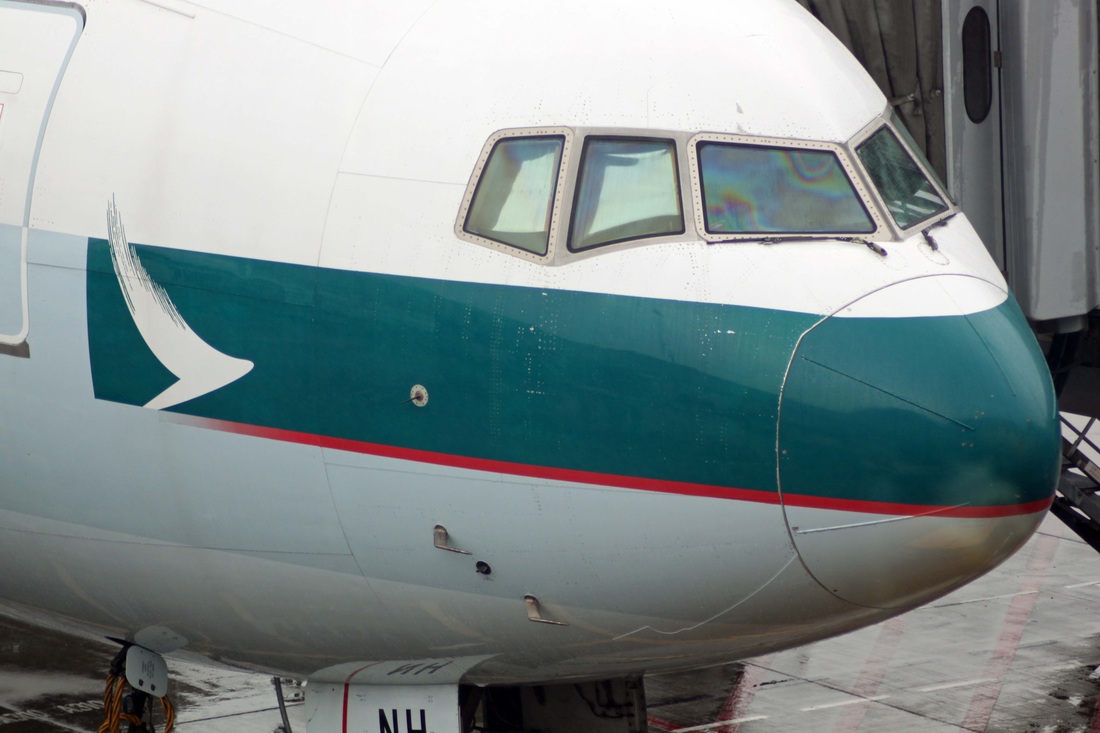
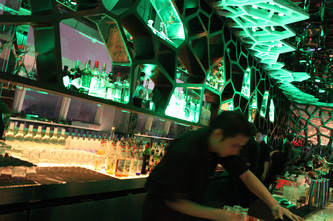
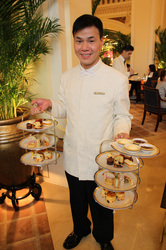







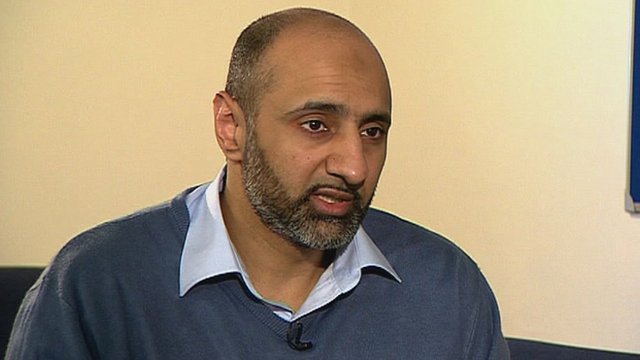
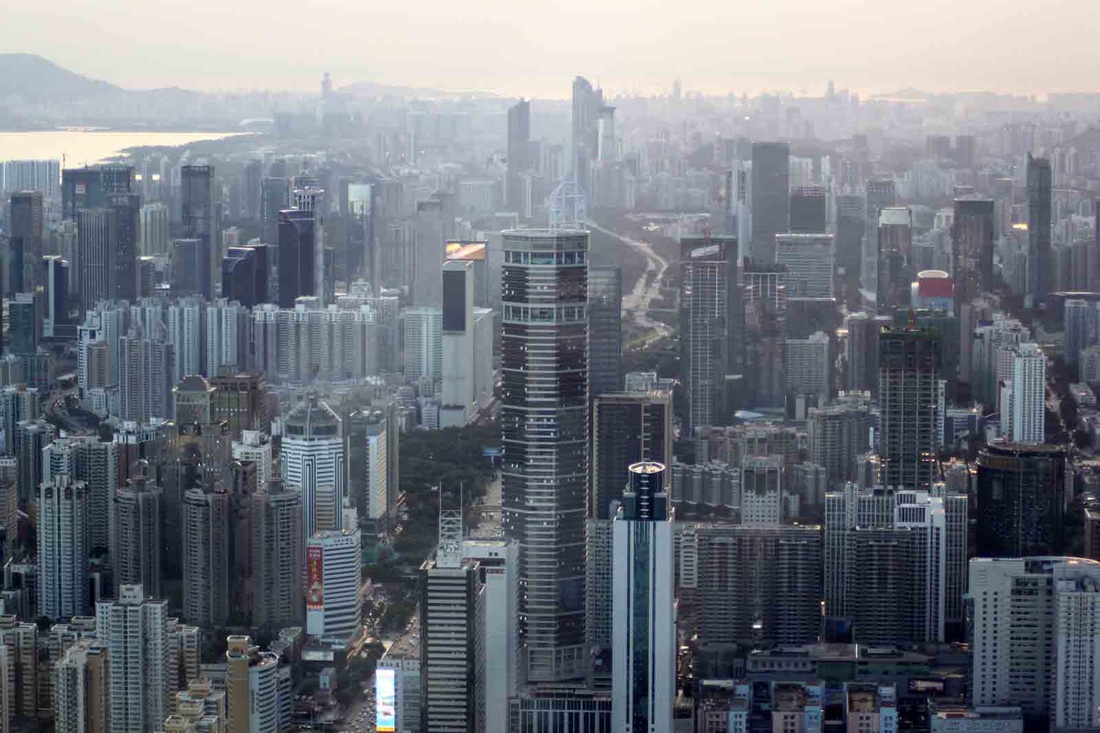






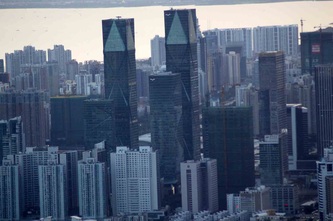


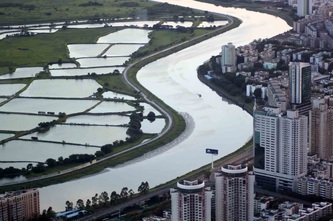









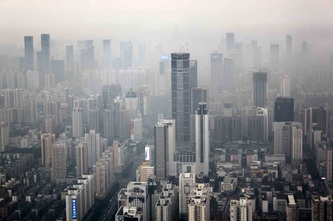


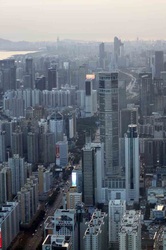

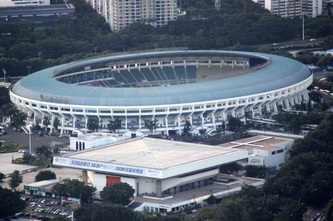





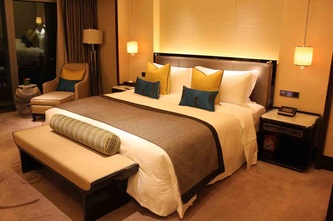


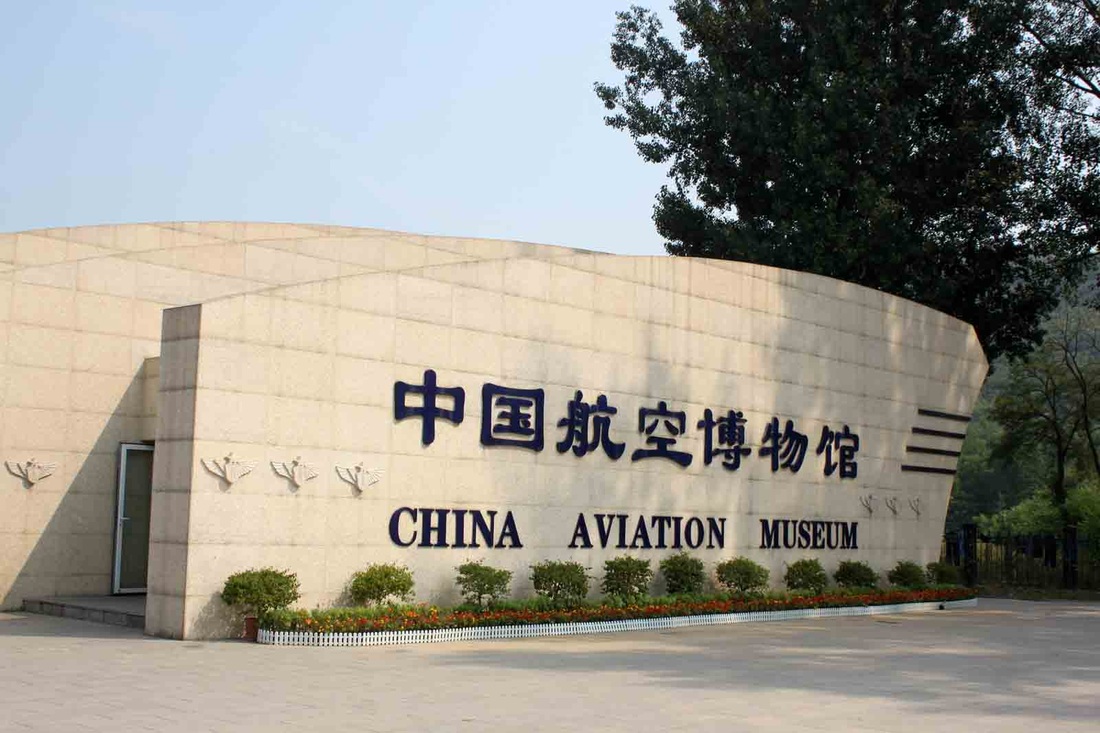


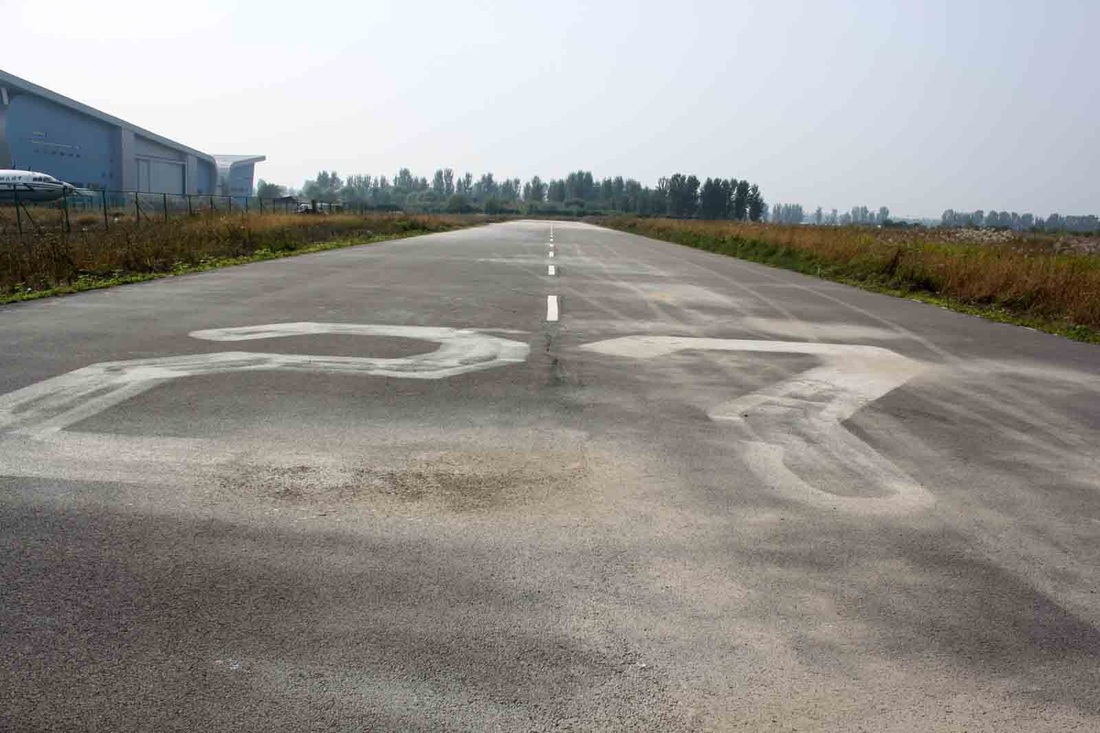







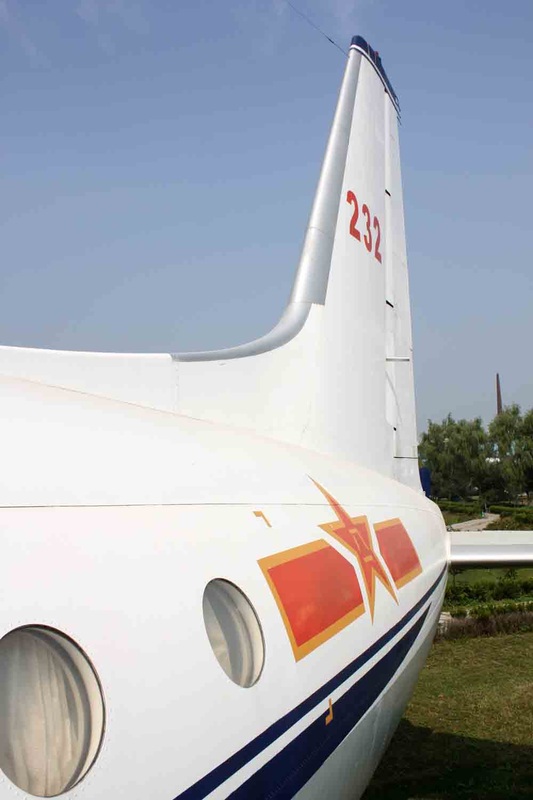


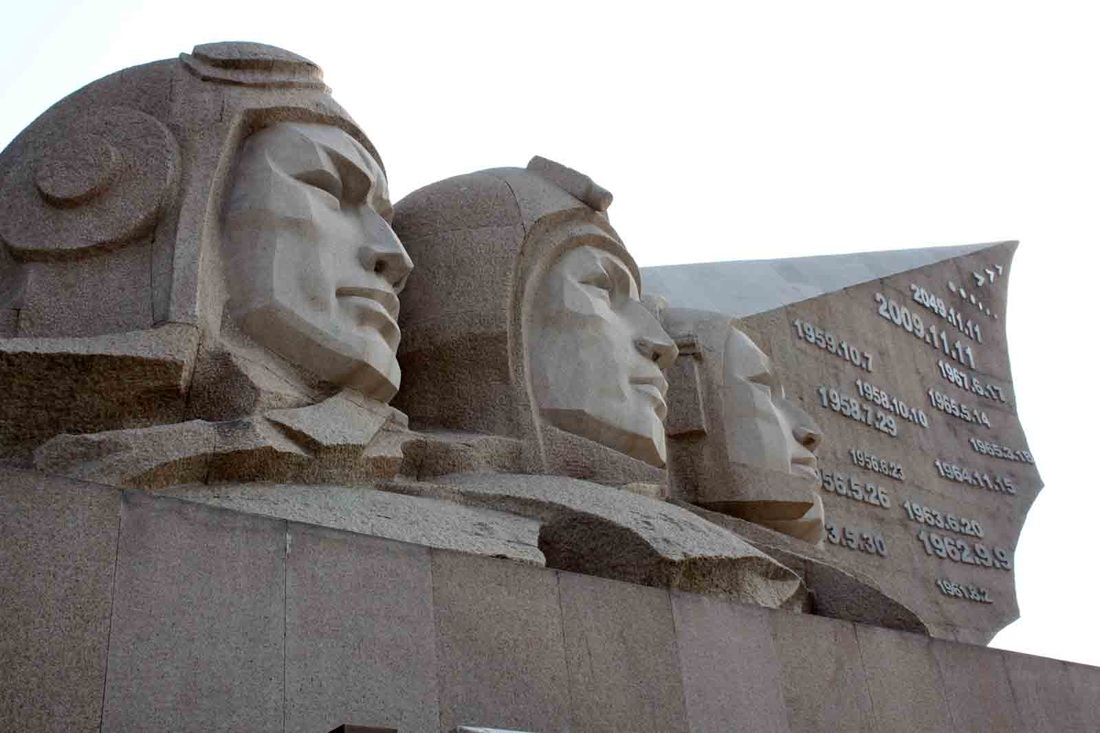












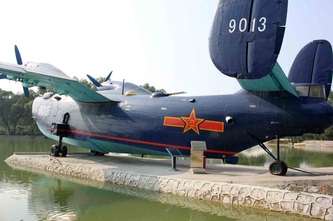


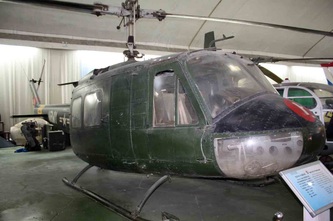

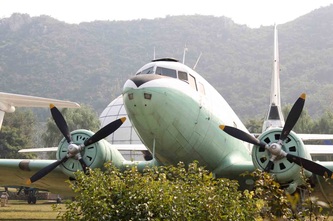




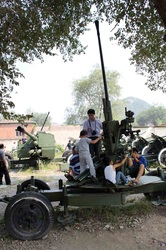
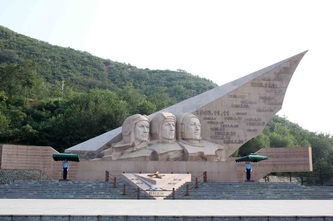









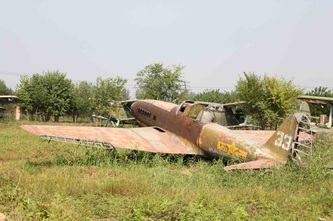


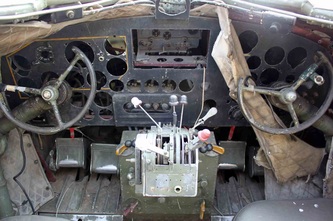
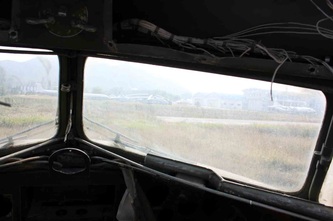
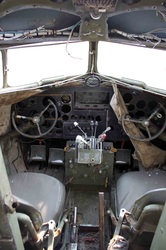



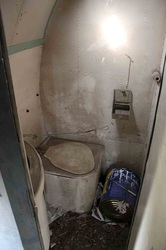













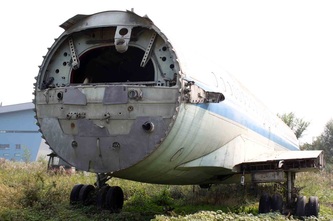


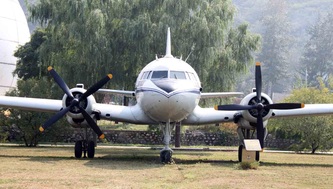




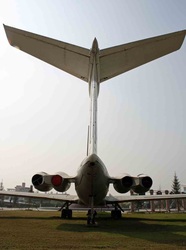


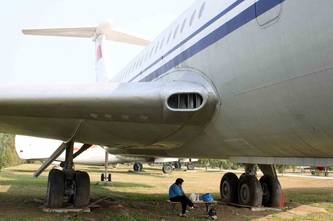









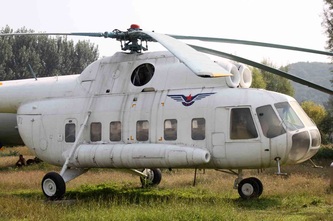





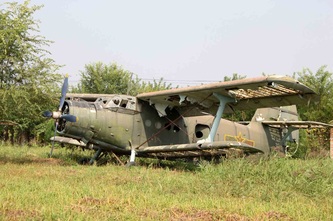


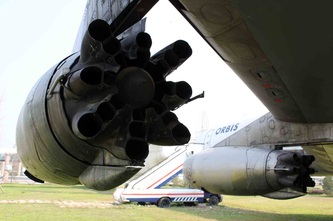



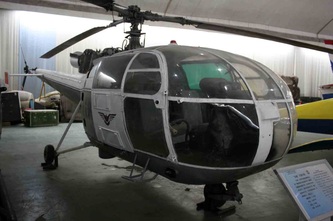




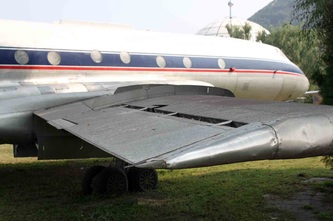









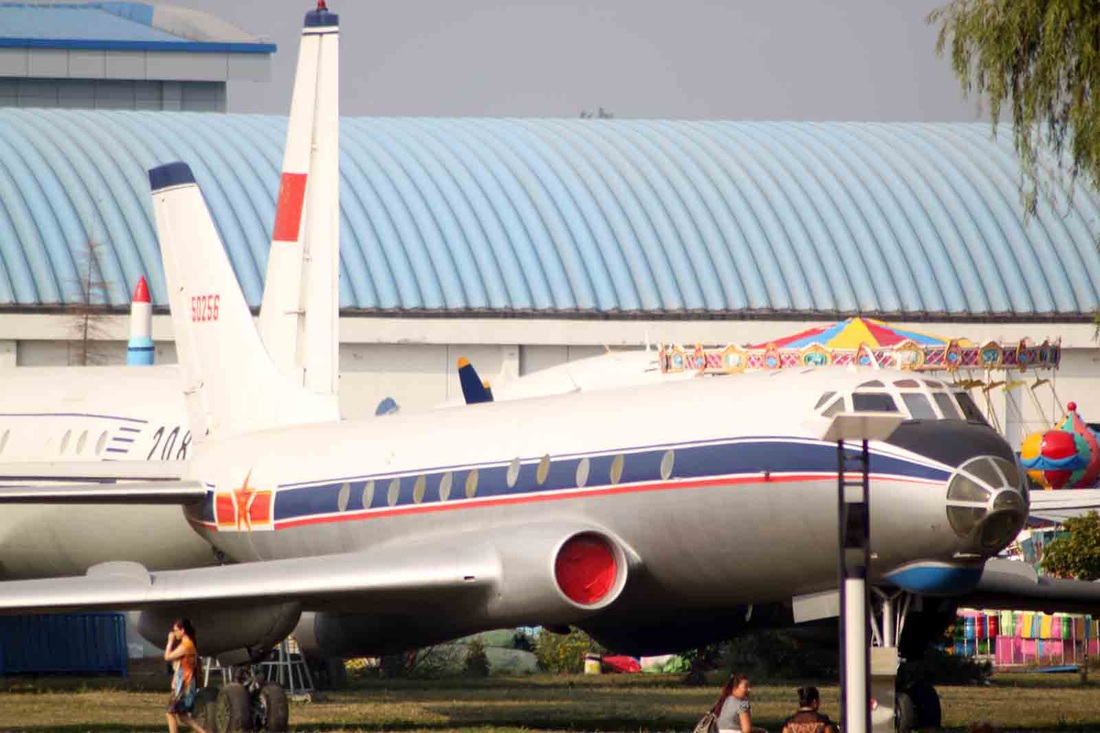






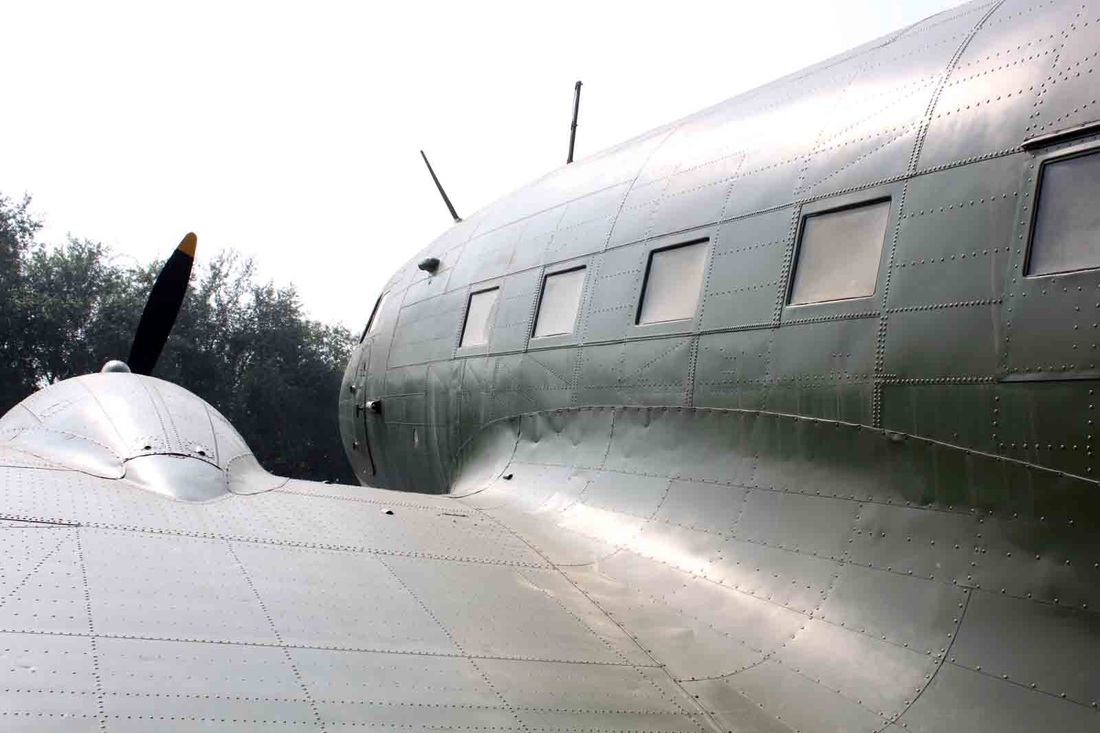





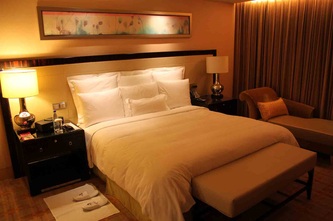
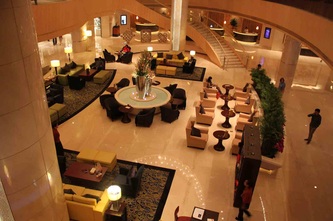

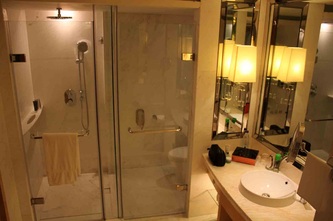





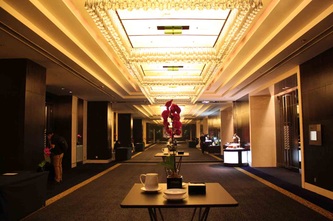

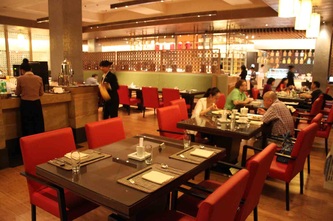










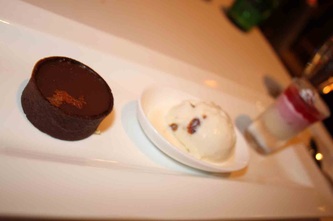

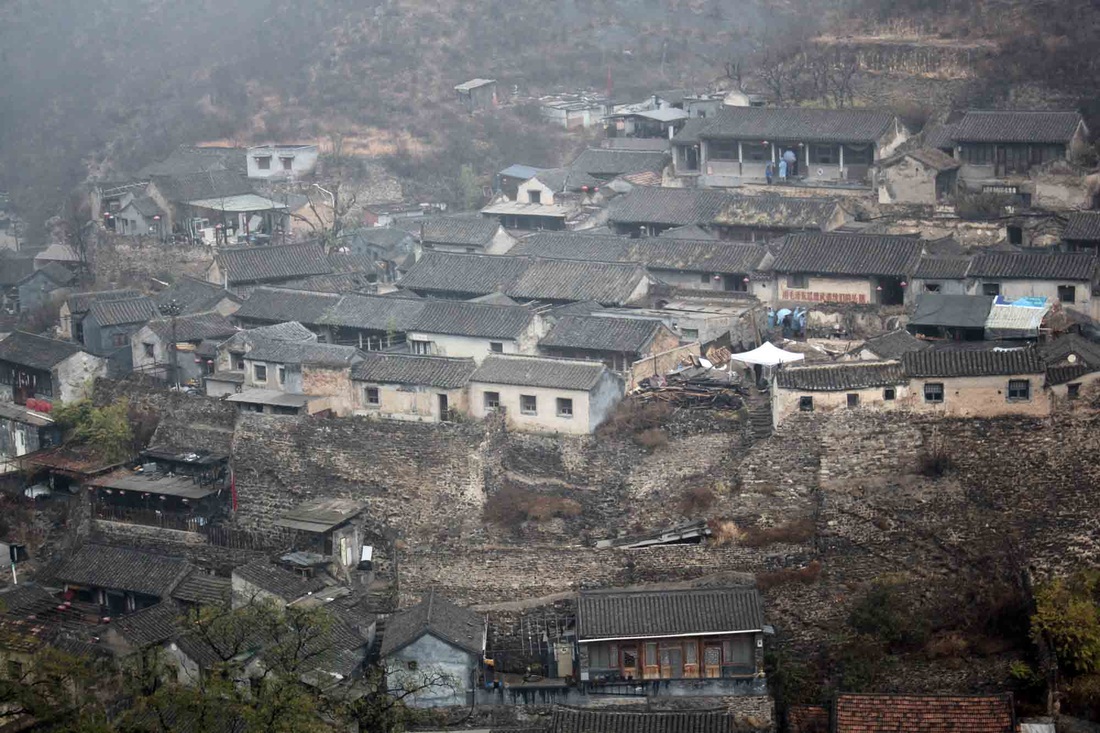

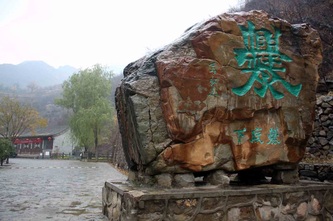






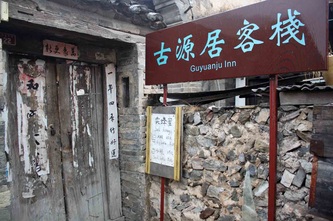

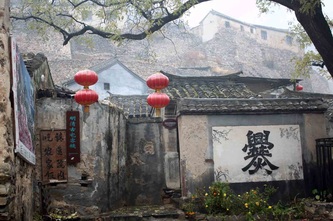

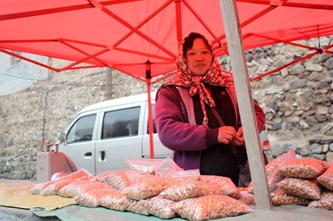
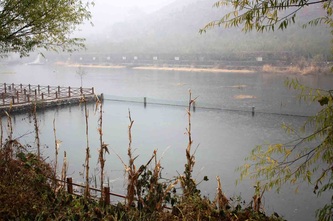

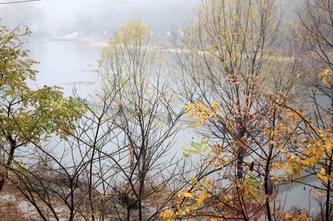


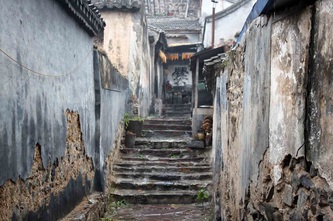




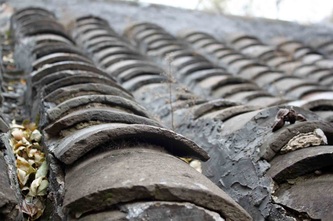


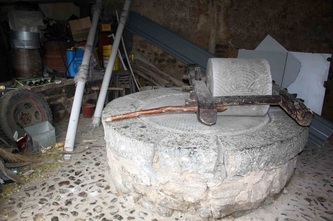



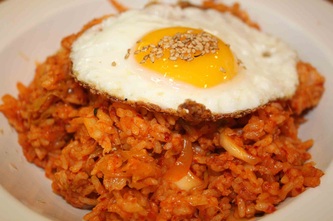



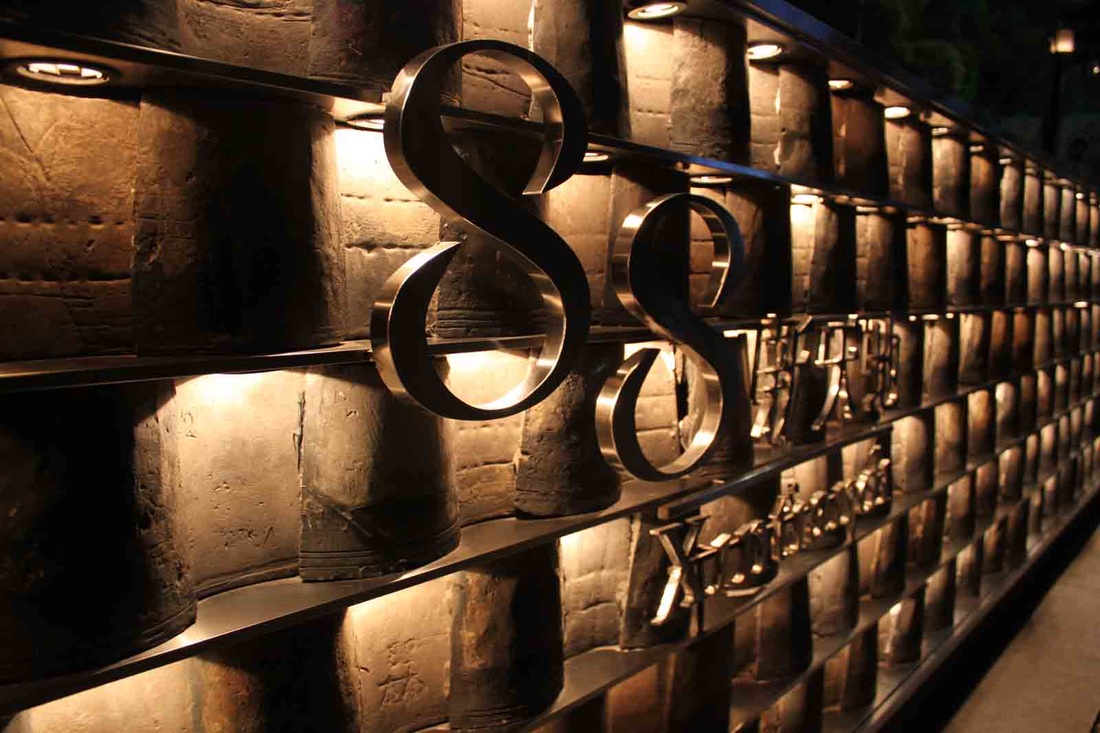






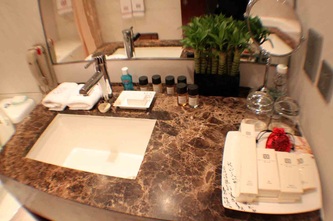







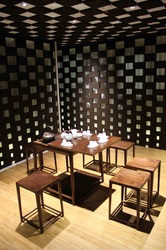

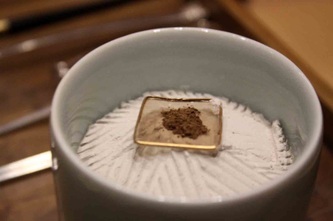


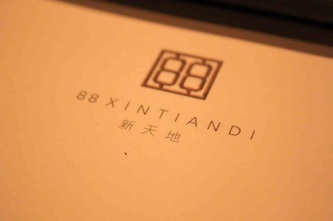



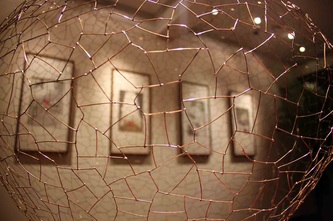

 RSS Feed
RSS Feed


